Detroit's Future: X Marks the Spot

Creativity thrives in times of chaos and transition. Dada was born in World War I. Punk Rock arrived in the strife-torn streets of 1970s New York City. Automotive engineering– the art of bringing order to chaos– also fits this template. German automakers did some of their most innovative work in the turbulent years immediately after WWII. And now that environmental regulations and changing business conditions have upset the international automotive applecart, we’re looking at another explosion of engineering creativity. Ground zero for some of this work: the alternative propulsion experiments of the Society of Automotive Engineers (SAE) collegiate branches.
The name of this game is Challenge X – Crossover to Sustainable Mobility. The contest challenges fledgling engineers from 17 American universities to design, build and test a hybrid vehicle architecture based on a 2005 Chevrolet Equinox. They must utilize alternative fuels to reduce the vehicle's energy consumption while maintaining standard-issue performance, utility and safety.
The Challenge X’ timeline is modeled after GM’s development cycle. SAE students have four years to turn Chevy’s hunk of charcoal (sorry Equinox lovers) into an eco-friendly gem. For those readers who suffer from ADD, here are the Challenge X Cliff Notes:
Year one: teams devise theories, build models and create simulations for a new, more mpg-friendly Equinox powertrain. Year two: the judges determine which teams get the keys. The teams take delivery of their high tech kit, and attempt to install it into their prototype. Years three and four: they refine their handiwork and restore their eco-modded Equinox to “near showroom quality.”
If you think the Chevy Equinox is another forgettable CUV, you may be right. But you haven’t driven the University of Wisconsin-Madison’s Challenge X variant, christened Moovada. A Movado watch for bovines? Hey, they’re engineers (they probably don't know what I'm talking about). Speaking of which… Geek alert! If you’re not technically inclined, you might want to skip the next two paragraphs.
The Moovada is a split-parallel hybrid holstering a GM 110 kW 1.9-liter CIDI engine (found in the Fiat Punto-D) coupled to a GM F40 six-speed manual transmission. The rear axle is powered by a Ballard induction motor/gearbox powerlimited to 59 kW by the 44-module (317 volts nominal) Johnson Controls’ nickel-metal hydride hybrid battery pack. The vehicle is fueled by B20, which has a lower GHGI impact than conventional diesel fuel.
The hybrid controller is a Motorola MPC555 based Powertrain Control Module (PCM) embedded controller with 38 inputs, 28 outputs and dual CAN bus capability specifically designed for automotive applications. Wisconsin is utilizing ANSI C language for code development and MotoTron development tools for programming the controller.
Simply put, the team’s five groups (each responsible for a different vehicle system) have engineered a new powertrain package for the Equinox that delivers both fuel efficiency and entertainment. That’s right: it’s fun to drive.
Forget about the 36mpg and super-duper clean emissions. The Challenge X Equinox from the “Eat Cheese or Die” state delivers smooth and seamless power that combines golf cart-like torque with the progressive power of a diesel mill. The shifter is as wonderfully flickable as the clutch is progressive. Using Challenge X-specific Michelin tires, the Equinox not only corners with precision, it provides a quiet and comfortable ride.
Aside from the electric motor’s straight-cut cogs doing their best impression of an M-22 Rockcrusher running down the dragstrip, the Equinox behaves as well as any CUV, with a much more enjoyable powerband. Ladies and gentlemen, The University of Wisconsin-Madison team nailed it.
And now they’re perfecting it. The team is rebuilding the Moovado’s exhaust system, refining the controls system and repackaging the batteries. They’re modifying both Equinox’ interior and exterior to reflect a more "consumer acceptable" vehicle. And then, of course, there’s more testing and calibration, to assure the Moovado's performance, economy and ride quality.
Ten years ago, I was in their shoes. Back then, my team was fitting a Chrysler minivan with propane propulsion. Looking into the team members' eyes brought it all back, and puts everything in perspective. They work as a team for a common goal under a common budget. They believe in their product and their eco-friendly mission: take what GM builds and improve it for the environment– without sacrificing comfort, convenience or credibility.
Just think what these manager/creator/mentors could do at GM if the people who make cars got to “make” cars. It could happen. In these desperate days, when GM has finally realized that plug-in hybrids and other new tech could be their last, best hope for survival, GM’s engineers may once again assume their rightful place at the head of the development table.
Meanwhile, the kids are alright.
[GM provided the author with hotel accommodations and a tank of gas.]
More by Sajeev Mehta
Latest Car Reviews
Read moreLatest Product Reviews
Read moreRecent Comments
- SCE to AUX I've had mixed results with first-year cars:71 Pinto - good. 85 LeBron GTS - good. 96 Grand Voyager - good. 02 Passat B5.5 - bad. 05 Odyssey - bad. I also had a last-year car that was terrible (80 Bobcat), but most cars were crap then, anyway.
- Crown Go big or go home. Never understood the "economy version" that manufacturers make of a performance car.
- Daniel Seriously, prices are falling with manufacturers finally making them cheaper and better battery tech too. I got my $60k sticker EV6 GT Line on lease at $40k and absolutely love it! I came from 30+ years of modding/tuning and I'm impressed! The future is bright with EV's!
- 28-Cars-Later Maybe we should all spend some time in BEV reeducation camps?
- 2manyvettes This doesn't exactly fit the narrative here, but I recently purchased a 2020 C8 Corvette with 40k on the clock. The first year C8 Corvette had known transmission issues. The dealer I purchased the vehicle from had taken the car in trade and subsequently discovered the transmission in this car needed some attention. They wouldn't let me take the car home until the issues with the transmission were resolved. They ended up installing a new transmission under warranty on GM's nickel. This kind of dealer experience is really rare. Most would have sent me home with the car "as is".




















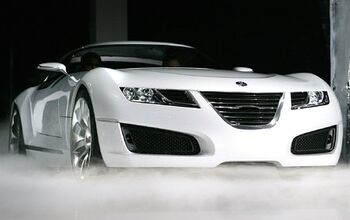
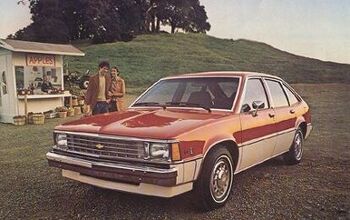

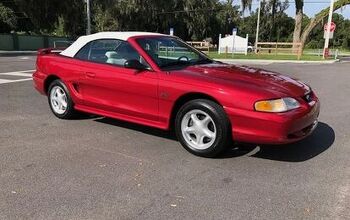
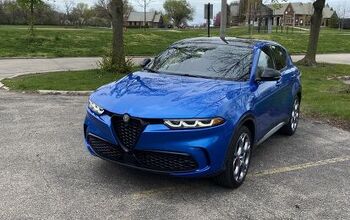


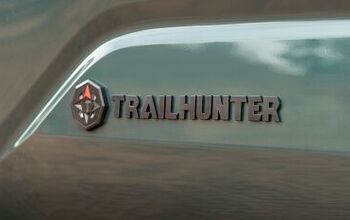

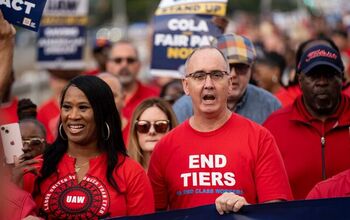




Comments
Join the conversation
Sorry I caught wind of this discussion late...hence the delayed response. Having a fair bit of experience with both OHV and DOHC motors, I feel the need to respond, regarding Sajeev and Bunter1's dialogue. Bunter1, while you are certainly correct in terms of the theoretical advantage of applying 4V technology to any existing GM 2V motor....the real question should be....why?? Let me explain: While the 4V's ultimate flow numbers are clearly superior, esp with more conservative valve timing than a comparable OHV, there is no such thing as a free lunch. The 4V motors are physically bulkier, heavier, more complex, have a higher CG, and cost FAR more to build than a comparable 2V OHV design. In today's efficiency oriented marketplace, GM can slip a tidy little V6 (or even V8) torque monster in places that a DOHC V6 would be hard pressed to fit. In the sports car realm, a DOHC V8 would never fit the compact underhood dimensions of a Corvette. And while the ultimate power/displacement numbers of a 2V are limited vs a 4V, in the real world, I think a 26 mpg 505 HP, 200 mph Corvette Z06 is already too fast for most any public road, and far more than most drivers are capable of handling. In the passenger car realm, everyone offers up 4 door sensible sedans capable of sub 7 sec 0-60 times and 140 mph top speeds....whether they use one cam or four...and (unfortunately) in America, this performance is largely academic anyway. So for a max effort performance car...a big displacement 4V motor would be the ideal choice, but for Joe six pack out there, a low revving, durable, inexpensive to buy and maintain OHV 4 or 6 cyl makes perfect sense. Unless we're talking Formula 1, or Hillary tries to implement some kind of displacement tax like the Japanese have, HP/L in America is about as relevant as HP/cylinder head bolt thread count.